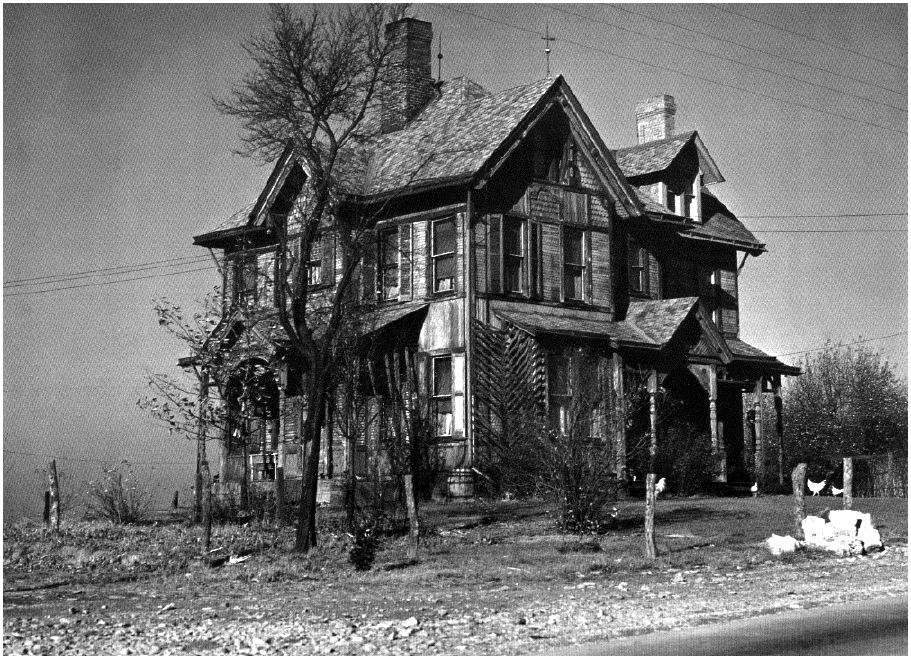
Luke Swank
Modernist Photographer
Howard Bossen, Editor
(University of Pittsburgh Press)

Luke Swank left behind some 4,000 negatives before his early death in 1944. He was most active as a "modernist" for a mere fifteen years. In the late 1930s he was forced to turn commercial when he went to work for the H. J. Heinz Company in the late thirties.He lived and worked in Pittsburgh, which helped define much of his work. Gray, smoky skies, interiors of sharp contrast light-and-dark steel factories, workers silhouetted against white-hot molten iron, exterior shots of cross-beams, power lines, chimneys, blast-furnace superstructures, ladders, catwalks, skip bridges, dust-catchers and smoke in the sky, the skies forever gloomy, the landscape thoroughly Industrial, thoroughly brutal, a thoroughly pre-ecological smoke-infested America.
Swank made many other black-and-white photographs of the back streets of downtown Pittsburgh: sooty black storefronts, as the forbidding façade of the Oakdale Feed Store, the only bright spots being the signs: "Ubiko Feeds," "Prince Albert," "Chew TUB Tobacco," and most delicious of all, in bleak Pittsburgh: "Drink Carnegie Beer."
Model A's, 1930s Packards and Chryslers (black, shiny) are set against the dark brick streets, relieved only by an occasional passer-by. A woman in a white dress, under billowing (clean!) laundry, enters a Hogarthian building, faintly visible under the shadows. A girl stands awkwardly against another barely-visible brick house, under a sign with arrow pointing directly down at her, the lettering "Catacombs." Swank was fond of placing easy-to-read signs into his photographs; some were not-so-subtle.
There are shots that have a touch of merriment, a few of Amish school girls and boys (never adults: Bossen reminds us that the Amish frowned on cameras). There are twenty or so circus shots: one with nineteen clowns, painted faces, funny hats, all looking beaming at the camera. There is some irony to be found in these shots inasmuch as Swank's one child --- a son --- ran off to join the circus, much against his father's wishes.
Almost 150 photographs are presented here, generously laid-out, and generally bleak. There are seven chapters of commentary, comparing Swank with Avedon, Charles Sheeler, Lewis Hine, Stieglitz, Bourke-White, and Lange. Editor Bossen opines that Swank was generally less grim than Lange, less studied than Avedon, more abstract, more aesthetic and "sculptural." Who knows? To an amateur like me, one is generally bludgeoned by the bleakness of it all. Was it because of the author's life story: poisoned by gas towards the end of World War I, family going from rich to poor during the depression, being forced into a PR job with Heinz?
The editor suggests that since Walker Evans and Dorothea Lange were on assignment from the federal government bent on public works, they could not depict people as "confident, self-sufficient, and without need." Swank's photographs, Bossen tells us, were more positive. Yet for this viewer, there is only a harsh beauty in the majority of shots presented here. Steel-mills are hardly peony gardens; the back streets of 1930 Pittsburgh may have had a few cheerful venues, but you won't find them here; the faces and body language of the clowns have an edge of Pagliacci-like moodiness behind the paint and costumes.